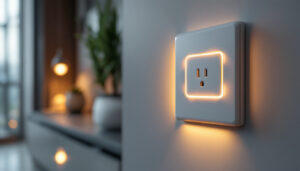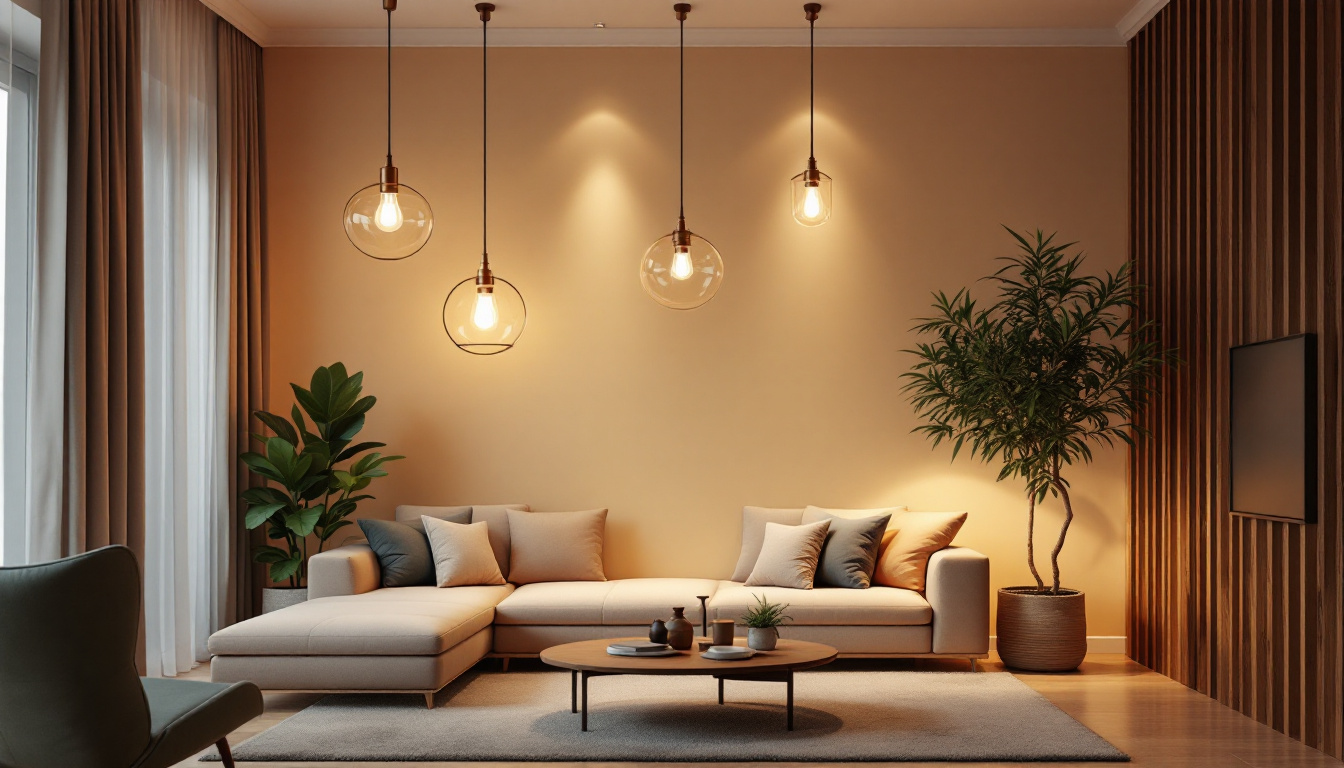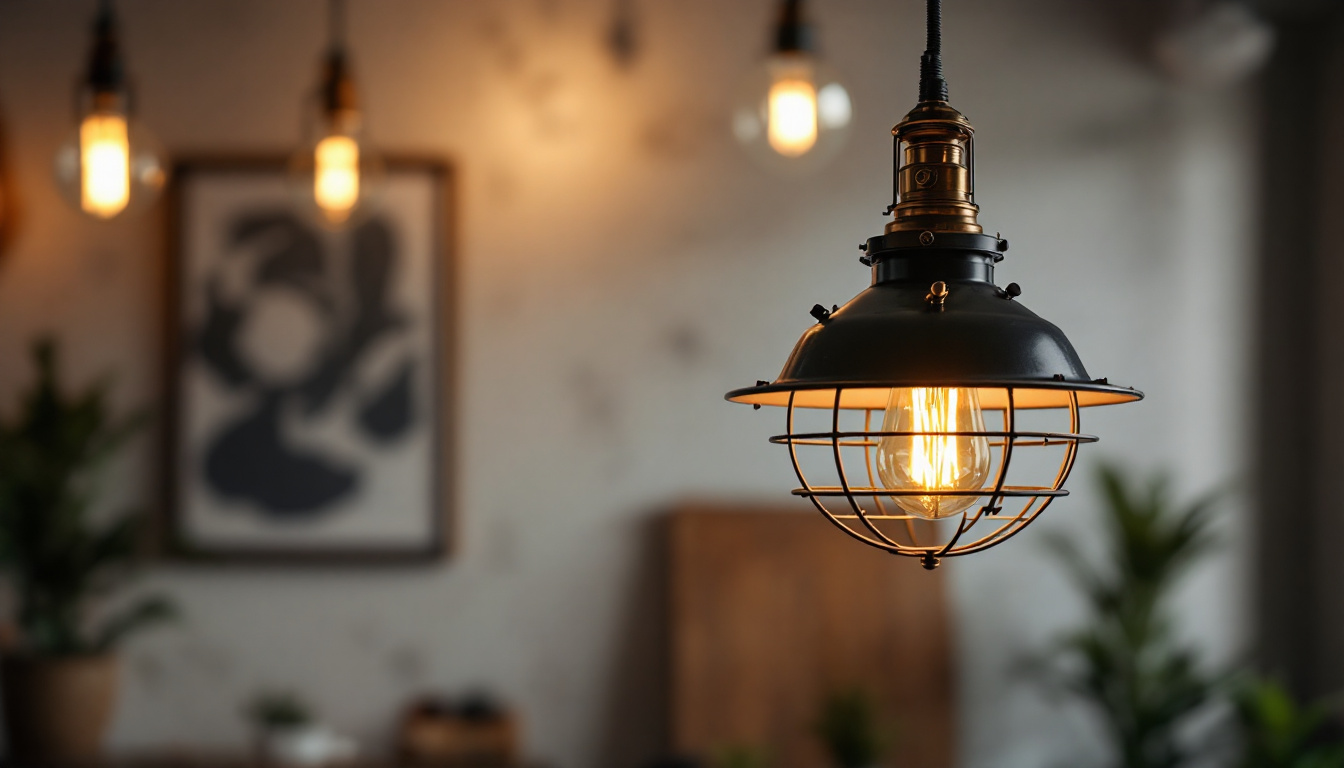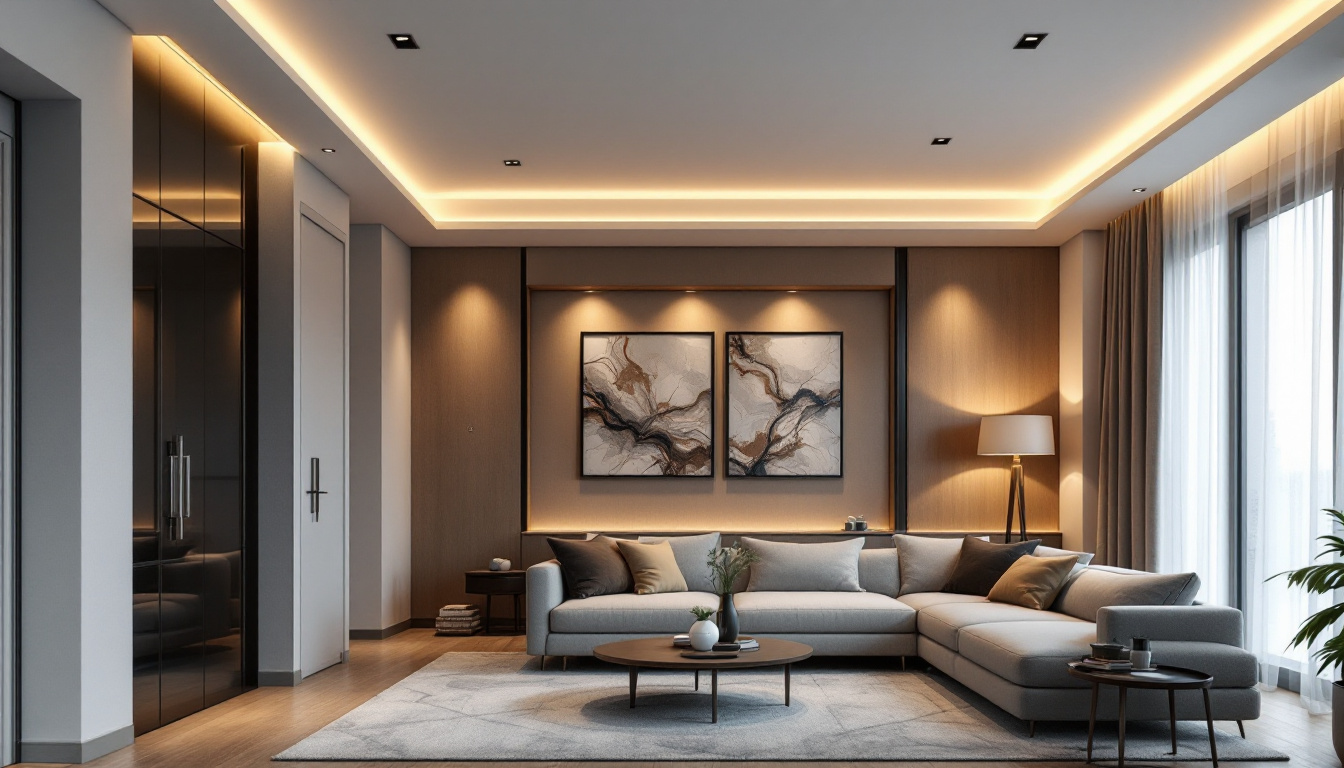

In the world of lighting design, the importance of training cannot be overstated. For lighting contractors, especially those specializing in directional recessed downlights, having a knowledgeable and skilled team is crucial for delivering high-quality installations and ensuring customer satisfaction. This article delves into effective strategies for training your team in lighting, focusing on the nuances of directional recessed downlights.
Before diving into training methods, it is essential to establish a solid understanding of what directional recessed downlights are and their applications. These fixtures are designed to provide focused illumination, making them ideal for highlighting artwork, architectural features, or specific areas within a space.
Directional recessed downlights come with several key features that set them apart from traditional downlights. They typically offer adjustable angles, allowing for precise control over the direction of light. This adjustability is crucial for creating the desired ambiance and functionality in various settings, from residential homes to commercial spaces.
Additionally, the design of these fixtures often includes various beam spreads, which can range from narrow to wide. Understanding these features is vital for your team, as it enables them to make informed decisions when selecting downlights for specific applications. For instance, a narrow beam spread may be perfect for accentuating a piece of artwork, while a wider spread can effectively illuminate a larger area, such as a dining room or conference space. Moreover, many models now incorporate energy-efficient LED technology, which not only reduces electricity costs but also extends the lifespan of the fixtures, making them a sustainable choice for modern lighting solutions.
Directional recessed downlights are versatile and can be used in various environments. In residential settings, they can enhance the aesthetic appeal of living rooms, kitchens, and hallways. In commercial spaces, they serve to highlight products in retail settings or create an inviting atmosphere in restaurants and lobbies.
Training your team to recognize the appropriate applications for these fixtures will empower them to provide tailored solutions to clients, ultimately improving customer satisfaction and project outcomes. For example, in a gallery setting, strategically placed directional downlights can create dramatic effects that draw attention to specific pieces of art, while in a corporate office, they can help establish a professional yet welcoming environment. Furthermore, understanding the nuances of color temperature can also play a significant role in how these lights are perceived; warmer tones can create a cozy atmosphere, while cooler tones may enhance focus and productivity. By equipping your team with this knowledge, they will be better prepared to meet the diverse lighting needs of their clients, ensuring each space is both functional and visually appealing.
Once the foundational knowledge of directional recessed downlights is established, the next step is to implement effective training techniques. These methods should be engaging and informative, ensuring that your team retains the knowledge necessary for successful installations.
One of the most effective ways to train your team is through hands-on workshops. These sessions allow team members to interact with the products directly, providing them with a tactile understanding of how directional recessed downlights function. During these workshops, team members can practice adjusting the angles, experimenting with beam spreads, and learning how to install the fixtures correctly.
Incorporating real-life scenarios into these workshops can enhance the learning experience. For example, setting up mock rooms where team members can determine the best placement and angle for downlights can help them visualize the impact of their choices.
In addition to hands-on workshops, online training modules can serve as a valuable resource for your team. These modules can cover various topics, such as product specifications, installation techniques, and troubleshooting common issues. By providing interactive quizzes and video demonstrations, these online resources can engage team members and reinforce their learning.
Moreover, online training allows for flexibility, enabling team members to learn at their own pace. This is particularly beneficial for those who may have varying levels of experience in lighting installation.
To ensure that your team retains the information they have learned, regular knowledge assessments are crucial. These assessments can take the form of quizzes, practical demonstrations, or even group discussions. By regularly evaluating their understanding, you can identify areas where additional training may be needed.
Encouraging team members to share their knowledge with one another can also foster a collaborative learning environment. This peer-to-peer approach can help reinforce concepts and promote a culture of continuous improvement within your team.
To effectively train your team, it is important to cover specific knowledge areas that are critical for working with directional recessed downlights. These areas include electrical knowledge, design principles, and installation techniques.
A strong understanding of electrical principles is essential for any lighting contractor. Team members should be familiar with voltage requirements, wattage calculations, and the importance of following local electrical codes. Training sessions should include information on how to safely handle electrical components and troubleshoot common electrical issues that may arise during installation.
Additionally, understanding the differences between LED and traditional lighting sources is crucial. Team members should be aware of the benefits of LED technology, including energy efficiency and longevity, as well as how to select the appropriate driver for LED downlights.
Design principles play a significant role in the effective use of directional recessed downlights. Your team should be trained in concepts such as layering light, creating focal points, and achieving balance within a space. Understanding how to combine different types of lighting—ambient, task, and accent—will enable your team to create well-lit environments that meet the needs of clients.
Encouraging your team to study design trends and stay updated on new technologies can also enhance their ability to recommend innovative lighting solutions. This knowledge will not only benefit your clients but can also set your company apart in a competitive market.
Proper installation techniques are paramount for ensuring the longevity and performance of directional recessed downlights. Training should cover the step-by-step process of installation, including how to measure and cut ceiling openings, secure fixtures, and connect wiring safely.
Additionally, team members should be trained to recognize potential challenges that may arise during installation, such as dealing with different ceiling materials or navigating existing electrical systems. Providing them with troubleshooting tips will empower them to address issues efficiently on-site.
Training should not be viewed as a one-time event but rather as an ongoing process. Fostering a culture of continuous learning within your team will ensure that they remain knowledgeable and adaptable in a rapidly evolving industry.
Encouraging team members to pursue professional development opportunities can significantly enhance their skills and knowledge. This may include attending industry conferences, participating in webinars, or enrolling in specialized courses related to lighting design and installation.
By supporting their growth, you not only improve the capabilities of your team but also demonstrate a commitment to their professional advancement. This can lead to higher job satisfaction and retention rates within your organization.
The lighting industry is constantly evolving, with new technologies and design trends emerging regularly. To keep your team informed, consider implementing regular meetings or newsletters that highlight the latest developments in lighting. This can include updates on new products, innovative installation techniques, or changes in regulations.
Encouraging team members to share their findings and insights during these discussions can foster a collaborative environment and stimulate creative thinking. This approach not only keeps your team informed but also encourages them to think critically about their work.
To ensure the success of your training initiatives, it is essential to measure their effectiveness. This can be achieved through various methods, including feedback surveys, performance evaluations, and client satisfaction assessments.
Implementing feedback surveys after training sessions can provide valuable insights into the effectiveness of the training. Team members can share their thoughts on the content, delivery, and overall experience. This feedback can help identify areas for improvement and inform future training sessions.
Additionally, encouraging open communication during training can foster a sense of ownership among team members. When they feel comfortable sharing their opinions, it can lead to a more engaging and productive learning environment.
Regular performance evaluations can help assess how well team members apply their training in real-world situations. By observing their work and providing constructive feedback, you can identify strengths and areas that may require additional focus.
These evaluations can also serve as an opportunity to recognize and reward team members who excel in their roles, further motivating them to continue their professional development.
Training your team in lighting, particularly in the realm of directional recessed downlights, is a vital investment in your business’s success. By providing comprehensive training that encompasses product knowledge, installation techniques, and design principles, you can equip your team with the skills they need to excel.
Implementing hands-on workshops, online training modules, and regular assessments will create a dynamic learning environment that fosters growth and adaptability. As the lighting industry continues to evolve, fostering a culture of continuous learning will ensure that your team remains at the forefront of innovation and excellence.
Ultimately, a well-trained team not only enhances the quality of installations but also elevates customer satisfaction, paving the way for long-term success in the competitive lighting market.
Ready to take your lighting projects to the next level? At LumenWholesale, we provide lighting contractors with exceptional, spec-grade lighting products at unbeatable wholesale prices. Say goodbye to local distributor markups and hello to our premium selection that meets the highest industry standards. Enhance your team’s performance with reliable, high-performance lighting that comes with the convenience of free shipping on bulk orders. Elevate your installations and customer satisfaction today by choosing Wholesale Lighting at the Best Value from LumenWholesale.

Discover essential insights into architectural gooseneck and barn lights with our comprehensive guide for lighting contractors.

Discover how strategically choosing hanging lights for living rooms can boost your success as a lighting contractor.

Discover the essential insights every lighting contractor needs about industrial style pendant lamps.

Discover the essential insights every lighting contractor needs to master recessed lighting installations.
Get notified when NEW deals are released.
Optimize your budget with wholesale discounts.
Only top-quality, specification-grade lighting products.
No additional costs at checkout - what you see is what you pay.
We understand the unique needs of contractors.